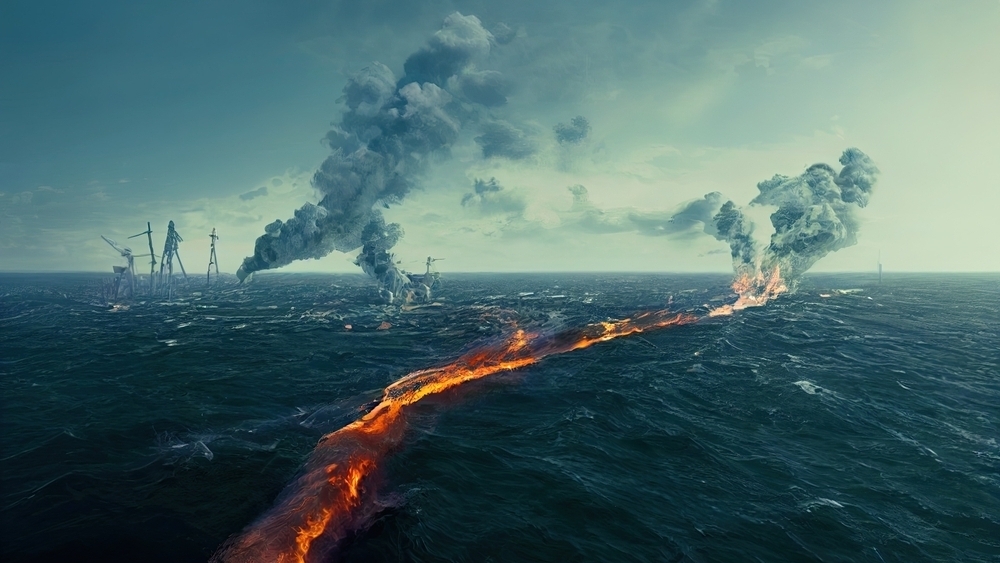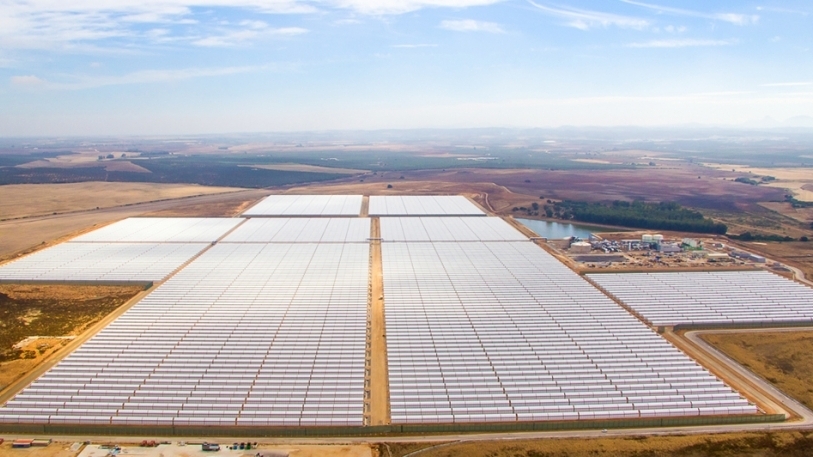
Oil and gas firms face ‘moment of truth at COP28’, IEA warns
Oil and gas producers face 'pivotal choices' in their investment decisions and their role in the global energy ecosystem, a critical report from the International Energy Agency (IEA) warned today.
The fossil fuel sector currently accounts for just 1% of clean energy investment globally, and 60% of that comes from just four companies, the IEA said.
The oil and gas sector, which provides more than half of global energy supply and employs nearly 12 million workers worldwide, has been "a marginal force at best" in transitioning to a clean energy system, according to the report.
"A worsening climate crisis [is] fuelled in large part by their [oil and gas firms'] core products," the authors wrote.
However, the $800 billion currently invested in the oil and gas sector each year is double what is required in 2030 on a pathway that limits warming to 1.5 °C., the body added.
Therefore, “the oil and gas industry is facing a moment of truth at COP28 in Dubai," IEA executive director Faith Birol said.
"With the world suffering the impacts of a worsening climate crisis, continuing with business as usual is neither socially nor environmentally responsible."
Birol said : “Oil and gas producers around the world need to make profound decisions about their future place in the global energy sector."
He warned that "the industry needs to commit to genuinely helping the world meet its energy needs and climate goals – which means letting go of the illusion that implausibly large amounts of carbon capture are the solution."
Net Zero Investor's Annual Conference | 11th December 2023 | London
But not all is lost, the IEA chief added.
"There is a fair and feasible way forward in which oil and gas companies take a real stake in the clean energy economy while helping the world avoid the most severe impacts of climate change," Birol said.
Investment in oil and gas supply is needed to ensure the security of energy supply and provide fuel for sectors in which emissions are harder to abate, according to the report.
"Yet not every oil and gas company will be able to maintain output – requiring consumers to send clear signals on their direction and speed of travel so that producers can make informed decisions on future spending," the IEA wrote.
Declines in demand are sufficiently steep that no new long-lead-time conventional oil and gas projects are needed, the authors continued.
"Some existing oil and gas production would even need to be shut."
"Oil and gas producers need to let go of the illusion that implausibly large amounts of carbon capture are the solution."

COP28
The IEA report is released ahead of the COP28 climate summit in Dubai, which starts later this month, setting out what the global oil and gas sector would need to do to align its operations with the goals of the Paris Agreement.
Even under today’s policy settings, global demand for both oil and gas is set to peak by 2030, according to the latest IEA projections.
"Stronger action to tackle climate change would mean clear declines in demand for both fuels," the report stated.
"If governments deliver in full on their national energy and climate pledges, demand would fall 45% below today's level by 2050. In a pathway to reaching net zero emissions by mid-century, which is necessary to keep the goal of limiting global warming to 1.5 °C within reach, oil and gas use would decline by more than 75% by 2050."
The IEA pointed out that the global oil and gas industry encompasses a large and diverse range of players – from small, specialised operators to huge national oil companies.
"Attention often focuses on the role of the private sector majors, but they own less than 13% of global oil and gas production and reserves," the report said.
Every company’s transition strategy can and should include a plan to reduce emissions from its own operations, according to the report.
The production, transport and processing of oil and gas results in nearly 15% of global energy-related greenhouse emissions – equal to all energy-related greenhouse gas emissions from the United States.
"As things stand, companies with targets to reduce their own emissions account for less than half of global oil and gas output," the report warned.
"The fossil fuel sector currently accounts for just 1% of clean energy investment globally, and 60% of that comes from just four companies."
To align with a 1.5 °C scenario, the industry’s own emissions need to decline by 60% by 2030, the IEA has calculated.
"The emissions intensity of oil and gas producers with the highest emissions is currently five-to-ten times above those with the lowest, showing the vast potential for improvements," the report noted.
Furthermore, strategies to reduce emissions from methane – which accounts for half of the total emissions from oil and gas operations – are well-known and can typically be pursued at low cost, it said.
The IEA also noted that carbon capture, currently the linchpin of many firms’ transition strategies, cannot be used to maintain the status quo.
If oil and natural gas consumption were to evolve as projected under today’s policy settings, limiting the temperature rise to 1.5 °C would require an entirely inconceivable 32 billion tonnes of carbon captured for utilisation or storage by 2050, including 23 billion tonnes via direct air capture, the body wrote.
"The amount of electricity needed to power these technologies would be greater than the entire world’s electricity demand today," the report pointed out.
Also read
After mass-divestment of oil and gas, AP Pension plans to ramp up wind and solar allocations





